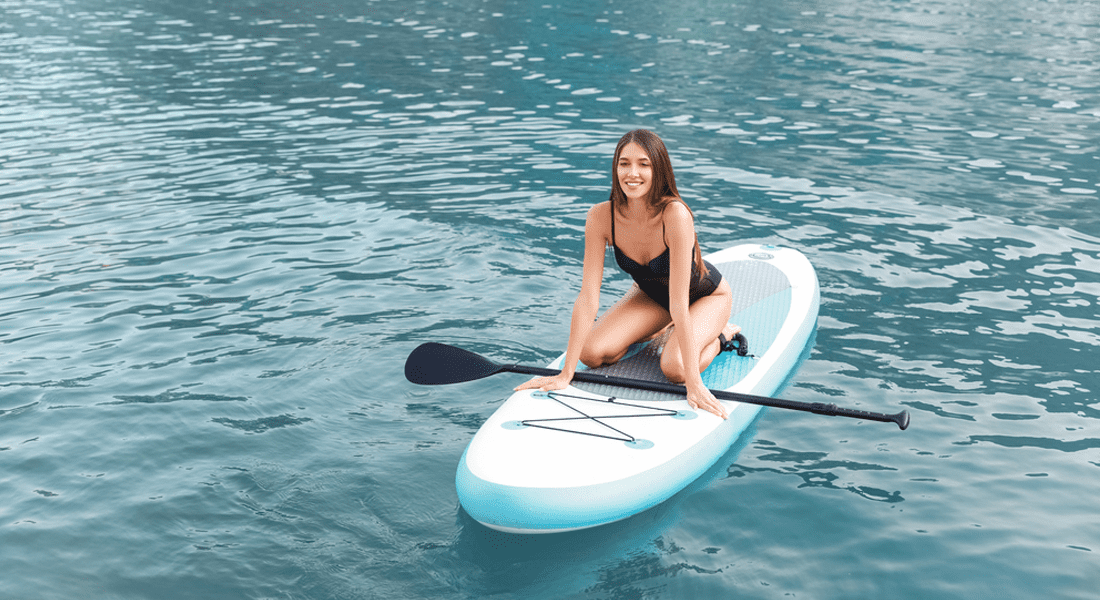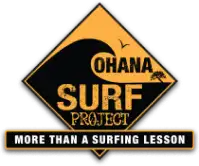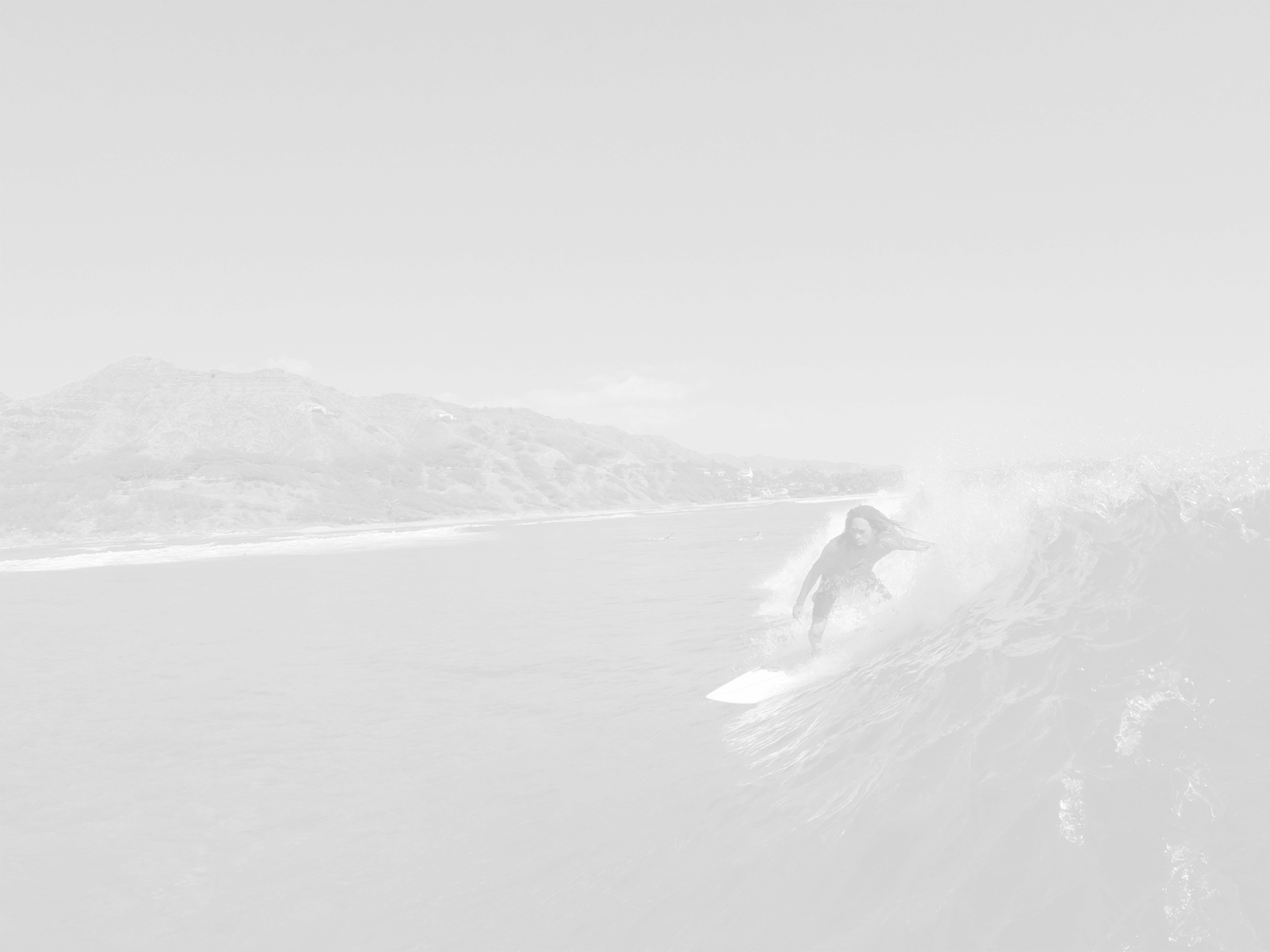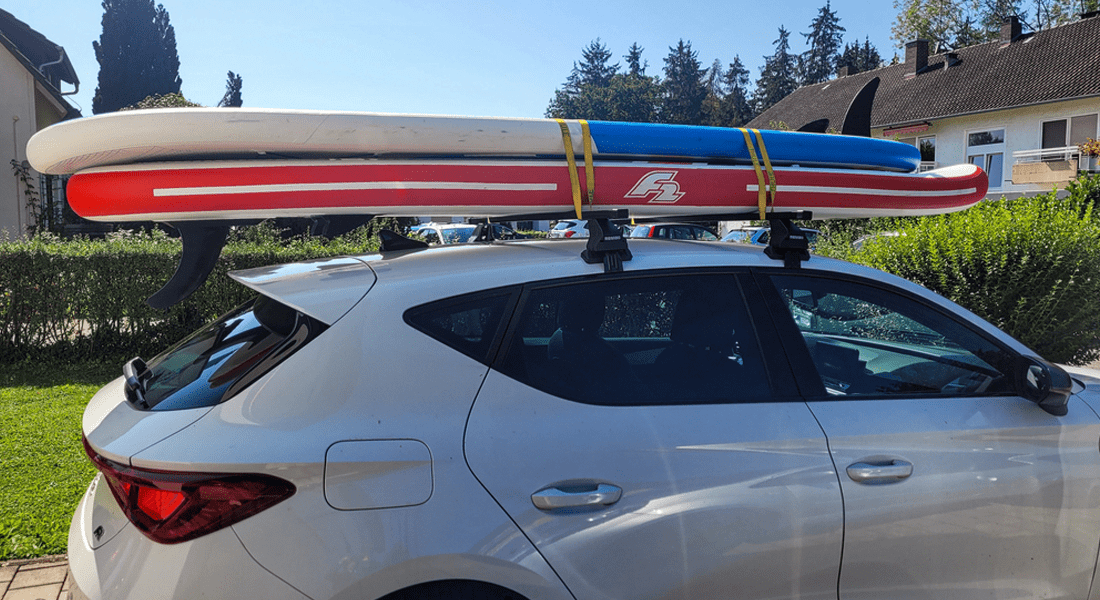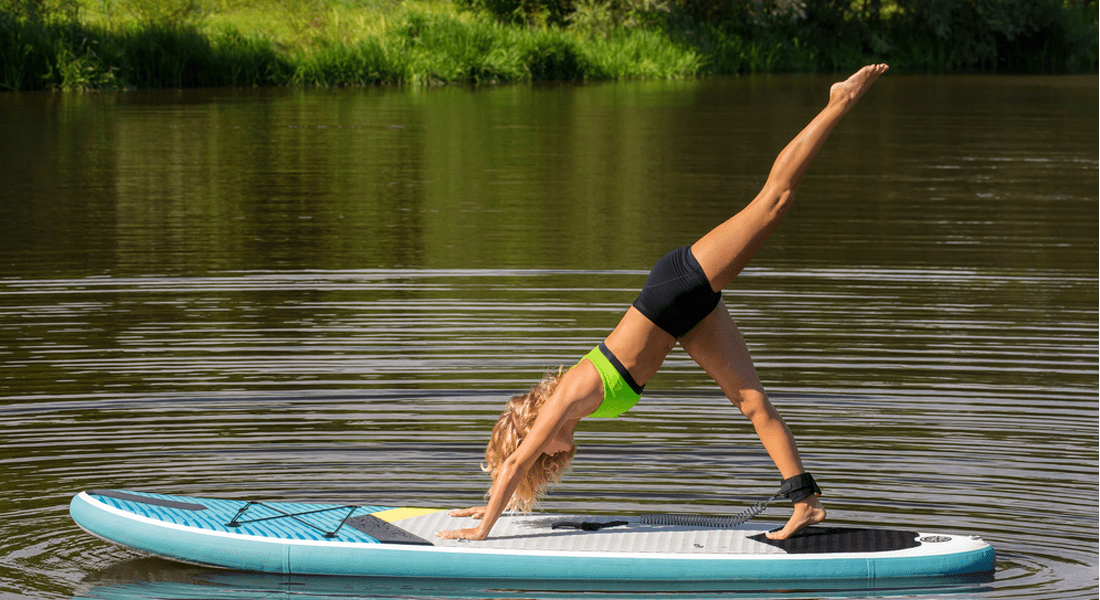Blog
Shortboard Vs. Longboard: What’s Best For You?
Choosing the right surfboard can greatly influence your performance and enjoyment of surfing. When it comes to deciding between
a shortboard and a longboard, understanding the distinct advantages and challenges of each can help you make an informed decision that aligns with your
surfing lessons, goals, and skills. In this article, we'll explore the key differences between these two popular types of surfboards, helping you determine which is best suited to your needs. Whether you’re a beginner looking to catch your first wave or an experienced surfer thinking about switching styles, join us as we delve into the world of shortboards and longboards.
Overview of Shortboards
Shortboards are the top choice for surfers looking to push their performance on challenging waves. Typically ranging from 5 to 7 feet in length, these boards feature a pointed nose, a narrow shape, and a squared-off tail, designed to optimize precision and speed. Ideal for advanced surfers, shortboards are best suited for fast, steep waves where maneuverability and responsiveness are crucial.
This type of board allows surfers to execute sharp turns, vertical maneuvers, and complex tricks such as aerials. While offering less stability and requiring stronger paddling skills, shortboards appeal to those who thrive on dynamic surfing and are willing to master its steep learning curve.
Benefits of Longboards
Longboards are perfect for surfers who prefer a relaxed surfing style or are just beginning their surfing journey. With lengths typically ranging from 8 to 12 feet, longboards offer a stable and buoyant platform that makes it easier to catch waves, particularly those that are smaller and less powerful. The size and shape of longboards facilitate easier paddling and wave-catching, making them ideal for beginners or those who enjoy long smooth rides.
Longboards are also excellent for traditional surfing styles like noseriding, where surfers walk to the nose of the board and ride the wave from this position. This board type embodies the soul of surfing, providing graceful glides and the opportunity for a meditative experience on the water.
Surfing Conditions and Board Choice
Choosing between a shortboard and a longboard often depends on the type of waves you intend to surf. Shortboards are tailored for high-performance surfing in fast, barreling waves, where agility and the ability to quickly navigate tight spaces are key. These conditions allow surfers to fully utilize the shortboard's design, which is geared toward speed and tight maneuvers.
On the other hand, longboards shine in slower, more rolling waves. Their length and volume make them ideal for catching waves easily, offering a stable ride that is perfect for drawn-out carves and smooth transitions. Understanding the typical conditions at your local surf spots will help guide your decision in choosing the board that best suits your needs.
Learning Curve and Skill Level
The learning curve associated with shortboards is notably steep, making them a challenging choice for beginners. Their shorter length and less buoyant nature require precise balance and quick reflexes, which can be daunting for new surfers. In contrast, longboards provide a more forgiving platform due to their stability and ease of catching waves. This makes them an excellent choice for beginners who are still learning the basics of wave timing and board control.
For those transitioning from a longboard to a more challenging board, a shortboard can offer an exciting new level of surfing once the basic skills have been honed. Whether you're just starting out or looking to elevate your surfing, choosing the right board for your skill level will significantly affect your progress and enjoyment of the sport.
Maneuverability and Performance
Shortboards are designed for high maneuverability, enabling surfers to execute quick, sharp turns and advanced maneuvers with precision. This agility makes shortboards a favored choice in competitive surfing, where quick direction changes and complex tricks are essential. On the other hand, longboards offer a distinct type of performance characterized by their smooth, flowing rides.
The length and volume of a longboard allow for long, graceful carves and the ability to maintain momentum through softer wave sections. This provides a more relaxed surfing experience, ideal for those who value rhythm and elegance over high-speed thrills. Each board type caters to different surfing styles and preferences, choosing between maneuverability and graceful performance a personal one.
Physical Demands and Fitness
Surfing with a shortboard demands a higher level of physical fitness due to the need for strong, quick movements and intensive paddling to catch faster, more challenging waves. It's a physically engaging experience that requires agility, strength, and endurance. In contrast, longboarding is less physically demanding, making it accessible for surfers of all ages and fitness levels.
The ease of paddling and stability provided by a longboard allows for longer sessions in the water without excessive fatigue, appealing to those who prefer a more leisurely approach or are in the early stages of building their surfing fitness.
Versatility and Travel
Shortboards, due to their smaller size and lighter weight, are generally more versatile and easier to transport. They are ideal for surfers who travel frequently and need a board that can handle a variety of wave conditions from beach breaks to reef breaks.
Longboards, while less versatile in very choppy or tight conditions, offer a sublime experience in mellow, long waves typically found at point breaks. Their size can be a hindrance when traveling, but their performance in ideal conditions often outweighs this inconvenience.
Making the Choice: Which is Right for You?
When deciding whether a shortboard or longboard is right for you, consider your current skill level, what you enjoy about surfing and the typical wave conditions you face. If you thrive on the adrenaline of quick maneuvers and have the skills to match, a shortboard could be the perfect fit. Conversely, if you prefer a more laid-back surfing style or are just starting, a longboard might be more appropriate. Evaluate your physical fitness, willingness to transport larger boards, and the types of waves available at your local spots.
By understanding the differences and benefits of each board type, we can better appreciate why surfers choose one over the other. Whether you opt for the quick agility of a shortboard or the stable glide of a longboard, both styles offer unique challenges and rewards that reflect the diversity and inclusivity of the surfing world.
At Ohana Surf Project, we help surfers of all levels find the board that best suits their style and skills. Our extensive selection of equipment and our knowledgeable, CPR-certified instructors ensure that you have the best possible guidance and support. We tailor our lessons and advice to your individual needs, whether you’re just starting or looking to explore new surfing possibilities.
Contact us today to discuss your surfing goals and preferences. Let us help you navigate the diverse world of surfboards and find the perfect match for your surfing journey. We’re here to support every step of your adventure with the true spirit of aloha.
